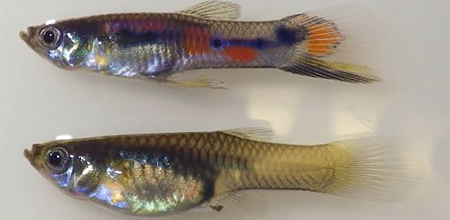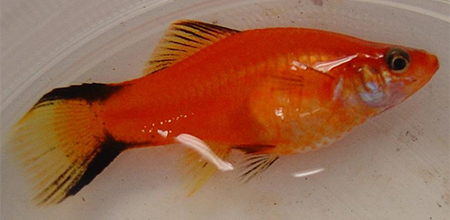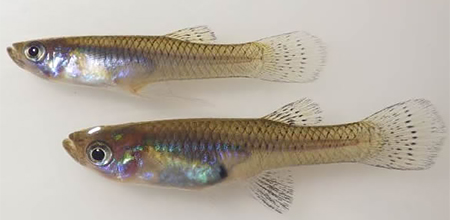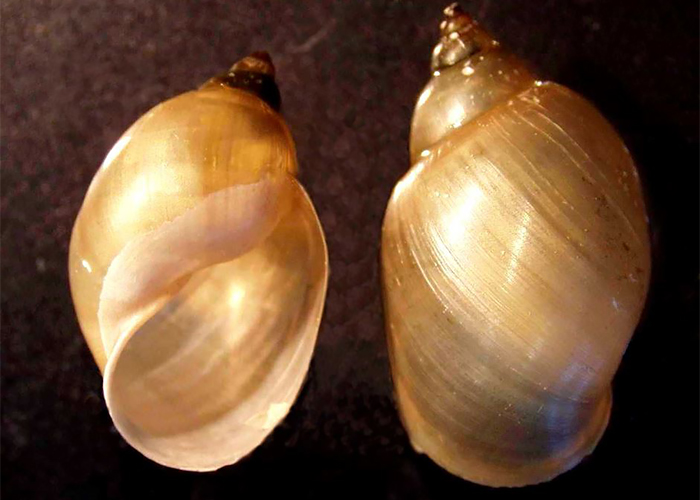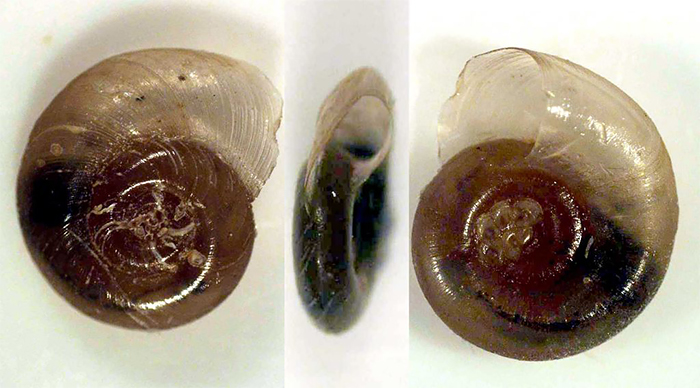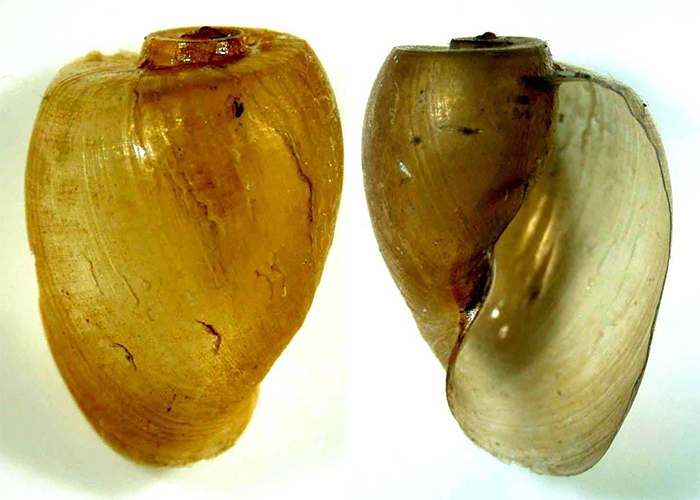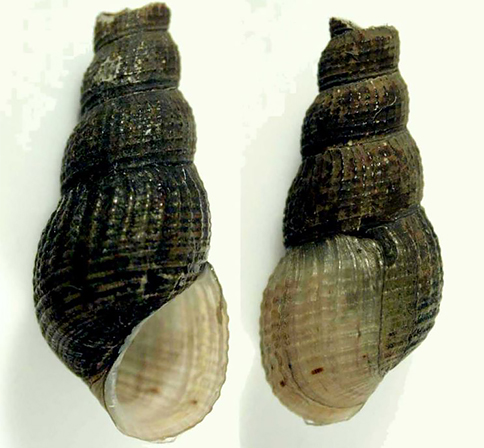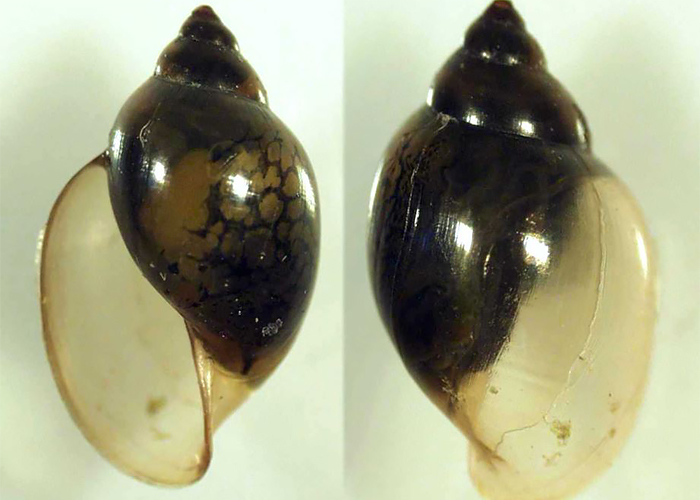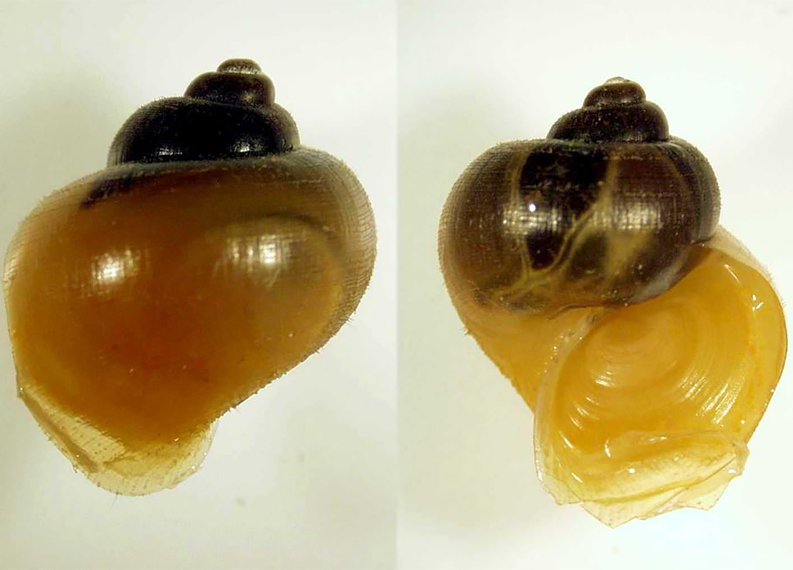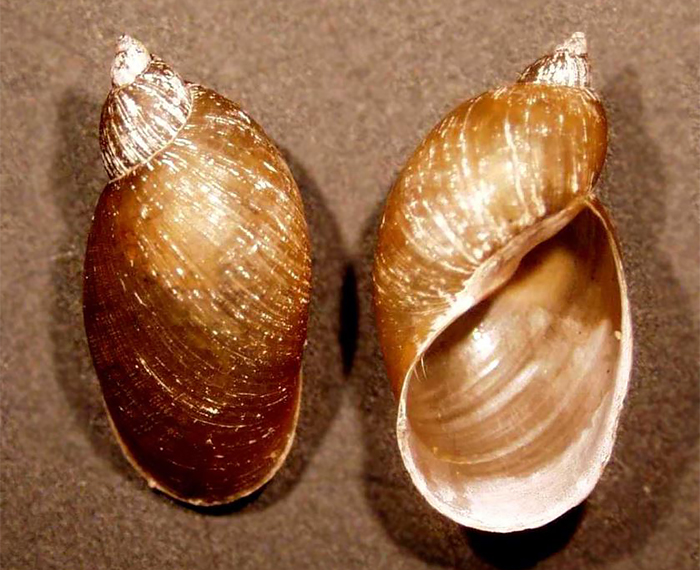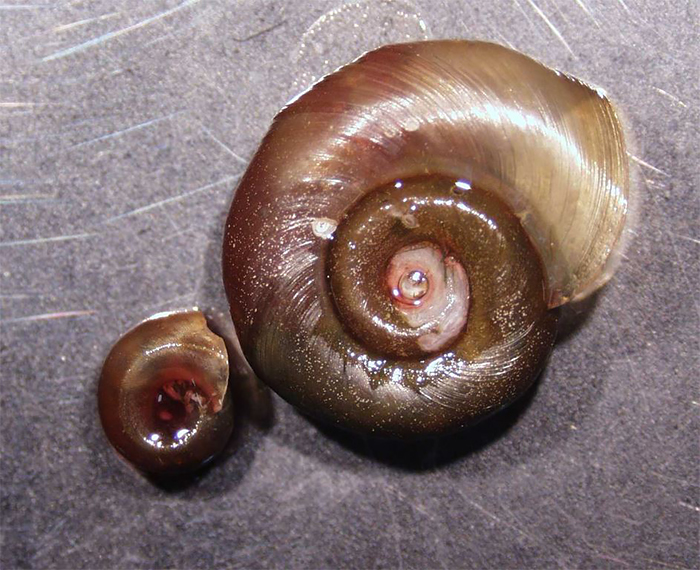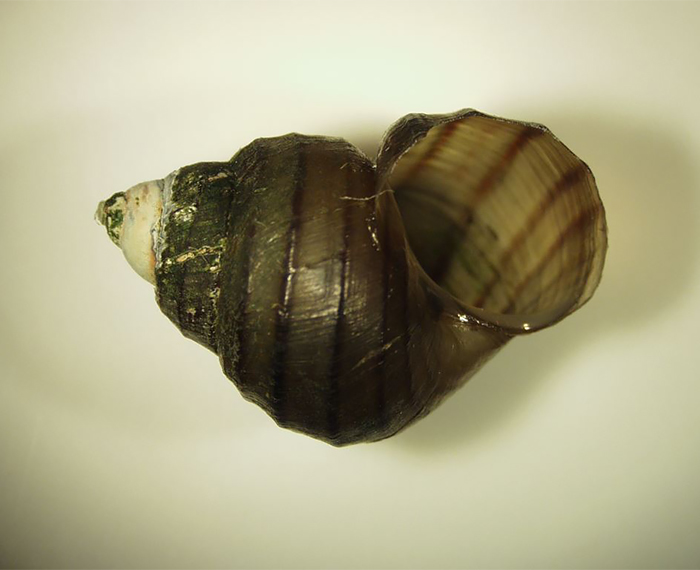Aquatic pests: marine and freshwater
Freshwater pests
It is illegal to release aquarium fish and aquatic plants into freshwater waterways in the Northern Territory (NT).
Releasing non-native fish and plants, or the water they have been living in, threatens the NT's freshwater ecosystems.
Non-native freshwater plants
Plants such as water hyacinth and salvinia can multiply and spread rapidly, choking waterways, blocking drainage systems and making it difficult for boats to move.
Non-native freshwater fish
A non-native fish is one that is not found naturally in the NT.
Many ornamental fish are non-native species.
They can become pests if they are released into freshwater lakes, billabongs, creeks and rivers.
If released into our waterways, non-native fish can do all of the following:
- compete with native species for food and space
- dominate waterways by reproducing in large numbers, cross-breeding with native species and surviving in difficult and disturbed habitats
- alter and disturb natural habitats
- feed on native fish, insects and plants
- introduce diseases and parasites.
Non-native fish found in NT waterways include Siamese fighting fish, guppies, platies and swordtails.
Above: left - swordtail pair, male at top; centre - guppy pair, male at top; right - platy female
The noxious fish gambusia (pictured below) was found in Alice Springs in 2000 and Darwin in 2014 but both populations were successfully eradicated.
Identify non-native fish
To find out more, get the freshwater pest identification guide PDF (7.5 MB).
The guide helps you:
- identify non-native fish
- learn about the problems non-native fish can cause
- know what to do if you think you have spotted a pest.
You can also get the free NT Fishing Mate app.
Freshwater pest snails
Pest snails pose serious health risks for both animals and humans.
They can carry diseases and parasites like the common liver fluke which causes liver disease in mammals like sheep, cattle and horses.
In the NT, native and introduced snails can be found in ornamental ponds and aquariums.
Snails can arrive hidden in ornamental plants for ponds and aquariums and are easily spread when plants are shared or when an aquarium is cleaned or the water changed.
Small snails are hard to see on plant leaves and are easily missed.
Snails lay their eggs on plant stems and leaves and if infected plants are moved the eggs on them hatch and infect previously snail-free aquariums and ponds.
If you find a snail which you think might be an introduced species, or you are unsure, report it straight away to the Aquatic Biosecurity Unit.
Native snails
These snails are native to the NT and are not pests.
Austropeplea lessoni
Gyraulis
Amerianna carinata
Melanoides
Glyptophysa
Introduced snails
These snails are introduced and are pests.
American ribbed fluke snail - pomacea bridgesii
Pseudosuccinea columella
Ramshorn - Planobarius comeus
Bellamya heudi guangdungensis
What to do if you find introduced snails
You must contact the Aquatic Biosecurity Unit if you:
- think you have seen one of the introduced snails pictured above
- see a snail species that you do not recognise or have never seen before.
How to stop aquatic pests entering freshwater
You should follow all of these rules to stop pests from entering freshwater habitats:
- don't dump unwanted, sick or diseased fish or plants in any waterway or drain
- give unwanted aquarium plants and animals - even native ones - to a pet shop or dispose of them humanely - eg by freezing
- prevent your outdoor ponds from overflowing during wet season rains - put screens across all outlets to prevent accidental escapes
- use attractive and colourful native fish and plants in your home aquarium and ponds - they are less likely to cause a major impact if accidentally released
- keep an eye out for new species in your area and report aquatic pests
- check aquatic plants you get for your aquarium or pond for non-native snails
- safely dispose of your aquarium contents - read more below.
How to dispose of aquarium contents
You should do all of the following if you want to dispose of fish, water or plants from your aquarium:
- put your unwanted plants, fish and animals - which have been humanely euthanised - into a sealed plastic bag and put in the rubbish bin
- collect your aquarium water in a bucket, dose it with household bleach or pool chlorine and leave it overnight before disposing of it.
You must not do any of the following:
- dispose of aquarium water, plants and animals in a way that allows them to enter the environment
- drain aquarium water in an area that will reach a creek, lake or stormwater drain
- release sick or unwanted fish or plants into local waterways.
Contact
For more information email aquaticbiosecuroty@nt.gov.au.
Print all pages in this section
Give feedback about this page.
Share this page:
URL copied!

